The Everest Base Camp trek is one of the most sought-after treks for adventure enthusiasts, offering a unique opportunity to observe many other mountains simultaneously. It is one of the most challenging and exciting items to check off one’s bucket list. The entire trek’s destination is the base camp (5364m) of the world's tallest mountain, Mount Everest (8848m), with the highest climb of the route at Kala Patthar (5644m). It is cherished by the trekkers to live among with Sherpas and see through the untouched natural beauty on a 14-day Everest Base Camp Trek. You will hike across the suspension bridges, rhododendron forests, and yak trails, and walk through the UNESCO-listed Sagarmatha National Park.
If you are an aspiring mountaineer, a nature lover, or a mere curious traveler, take a leap of faith and book Nepal as your next travel destination. Do the Everest Base Camp trek and boast about it among your friends for the rest of your life!
Everest Base Camp Trek Specialties
Although the destination sold itself, this trek has many other things to offer. The 14-day trek consists of numerous special moments and scenic views. Some of them are:
Khumbu Glacier- You will be able to witness the largest glacier in Nepal, a massive river of ice that flows from the Western Cwm of Mount Everest. You will begin to see parts of the Khumbu Glacier as early as Locuche and continue to see it through Gorakshep, 3 Everest Base Camp, and Kala Patthar. You will be walking alongside it from Gorakshep to Everest Base Camp and will be able to hear the cracking of the ice.
Namche Bazaar- The cosy bazaar is a feast to experience Sherpas' hospitality and mingle with people all over the world who have come together by their shared passion for mountaineering. You will get a picturesque view of the way to Everest. The vibrant hub offers multiple teahouses and panoramic views of the surrounding peaks, making it a perfect spot for acclimatization.
Tengboche Monastery - You will also have the opportunity to share the serene environment of Tengboche Monastery with the local monks. Towering peaks like Ama Dablam surround this sacred Buddhist site. You may visit the monastery respectfully and spend your time in sacred reflection on your physical and spiritual journey amidst nature’s grandeur.
Everest view- During the trek and your hotel stays, you will be able to live and breathe in the majestic views of Everest and the other Himalayas. From the viewpoints like Kala Patthar and the Everest View Hotel, the sunrises and sunlight hitting the Everest are truly unforgettable.
Khumjung village- During your trek, one of the other villages where you will enjoy Sherpa culture is Khumjung village. This traditional village is also home to the famous Hillary School and another Buddhist monastery rumored to house a Yeti scalp, a local legend for your cultural immersion.
Sagarmatha National Park- By the time you land in Lukla and pass through Monjo's park entrance, you will walk through the untouched national park at a high altitude with diverse flora and fauna. Expect to see rhododendron forests, Himalayan tahr, musk deer, and rare bird species in one of the world’s highest UNESCO World Heritage Sites.
Everest Base Camp Trek Overview
The 14-day Everest base camp trek starts from Lukla at the height of 2845m, where you will enjoy trekking through Sagarmatha National Park and many Sherpa villages, soaking up the beauty of the Himalayas up to Everest base camp at the height of 5364m. Not only is it just a physical endurance test, but you will immerse yourself in the cultural exchange with Sherpas and how they sustain their life in a tough climatic region. You will also be surrounded by other foreigners and enjoy a mini world who are on a mission to reach Everest Base Camp.
The two best seasons of this trek are from March to May and from September to November. In these seasons, you will find people all over the world in a constant competition to book flights and trekking agencies for the adventure of a lifetime. In the season from March to May, you will witness rhododendrons in bloom as you walk through the trail. In the season of September to November, you will be welcomed by crisp, cold air and clear blue skies, witnessing the white mountains surrounding you all over. The EBC trek cost ranges from $1355 to $2700 individually, which includes varied services like a certified trek guide, porters, transportation, food, and lodging.
The trek is of an intermediate grade, and a physically healthy body can easily do this trek. If you want to come out as a champion and have ample energy throughout the trek, then a 6-month prior hiking and strength training will give you an immense boost of stamina and confidence. The trek typically involves 5-9 hours of walking to cover 10-15 kilometers (6-9 miles) per day. The 14-day trek will also involve 3 days, especially to rest for altitude acclimatization and sightseeing.
Everest Base Camp Trek Itinerary
Day 01: Arrive at Tribhuvan International Airport, Kathmandu (1,400 m/4,593 ft)
Day 02: Fly to Lukla from Kathmandu, 35 Minutes, or drive to Manthali/Ramechhap (474 m/1,555 ft) – 5 to 6 hours & Flight to Lukla, 20 minutes, and then trek to Phakding (2,610 m/8,563 ft), 3 to 4 hours. Overnight at a guesthouse.
Day 03: Trek to Namche Bazaar (3,440 m/11,286 ft) from Phakding – 5 to 6 hours. Overnight at a guesthouse.
Day 04: Acclimatization Day at Namche (3,440 m/11,286 ft). Hike to Hotel Everest View (3,880 m/12,730 ft) and back – 4 to 5 hours. Overnight at a guesthouse.
Day 05: Trek to Tengboche (3,860 m/12,664 ft) from Namche Bazaar – 5 to 6 hours. Overnight at a guesthouse.
Day 06: Trek to Dingboche (4,410 m/14,469 ft) from Tengboche – 5 to 6 hours. Overnight at a guesthouse.
Day 07: Acclimatization Day in Dingboche (4,410 m/14,469 ft) – 4 to 5 hours. Overnight at a guesthouse.
Day 08: Trek to Lobuche (4,910 m/16,109 ft) from Dingboche – 5 to 6 hours. Overnight at a guesthouse.
Day 09: Trek to Everest Base Camp (5,364 m/17,598 ft) and Back to Gorak Shep (5,190 m/17,028 ft) – 8 to 9 hours. Overnight at a guesthouse.
Day 10: Morning Hike to Kala Patthar (5,555 m/18,225 ft) and Descend to Pheriche (4,240 m/13,911 ft) – 7 to 8 hours. Overnight at a guesthouse.
Day 11: Trek to Namche Bazaar (3,440 m/11,286 ft) from Pheriche – 7 to 8 hours. Overnight at a guesthouse.
Day 12: Trek to Lukla (2,840 m/9,318 ft) from Namche Bazaar, 7 to 8 hours. Overnight at a guesthouse.
Day 13: Fly back to Kathmandu—35 minutes, or Manthali/Ramechhap—20 minutes from Lukla. Then, the same day, drive to Kathmandu by shared tourist vehicle—5 to 6 hours. Overnight at a 3-star hotel.
Day 14: International Departure/Farewell
Note:
The scheduled itinerary for the 14 day EBC trek may slightly be affected due to unforseen events beyond our control. Factors like flight cancellations or delays, bad weather, natural disasters, government regulations, political situations, and health issues among trekkers can all influence our plans.
We aim to keep the trek on track as much as possible, based on the best options we have. We really appreciate your cooperation and flexibility during these times.
Lukla flight information
During prime Everest Base Camp trekking months, i.e. March, April, May, September, October and November, flights to Lukla will be operated from Ramechhap/Manthali instead of Kathmandu. The heavy air traffic of Tribhuvan International Airport causes delays, and in most cases cancellations as well. Additional delay/cancellation factors include unsteady weather conditions, airport congestion, short runways, and the Lukla’s geography.
To avoid the delay, a 5-6 hour drive to Ramechap will be arranged. Flights usually do take off from Kathmandu to Lukla in off season months. Please note that the decision regarding flight operation is completely at the discretion of the airline and is affected by the number of passengers traveling in a month. So, we advise you to include an extra 1-2 days at the end of your trek as a safety margin so you do not miss your international flight back home.
Difficulty Level
Understanding the level of the Everest Base Camp trek is crucial for you to decide if this journey is suitable for you. The Everest Base Camp difficulty level is considered moderate to challenging due to its high altitude and a minimum walking requirement of 5-7 hours every day for two weeks. With the right trekking equipment, preparation, determination, and mindset, one can complete this 14-day EBC trek.
Trekking Altitude and Oxygen Levels
Our objective is to reach an altitude of 5,545 m/18,192 ft above sea level. Over 5,000 meters, the oxygen levels drop to about 50% of what they are at sea level. However, we are not getting there in one day. Gradual acclimatization is key, and we will take the trek one day at a time. This is the safer way to avoid altitude sickness.
Terrain and Acclimatization
The route involves high climbing through villages, rocky and uneven paths, moraine landscapes, and glacier trails. These diverse terrains will test your physical endurance as well as mental focus. Adaptation requires us to trek slowly, staying hydrated, eating well, and resting sufficiently. Acclimatization days in peaceful villages like Namche and Dingboche will help your body adapt to thinner air.
Recommended Fitness and Training Plan
We suggest you desensitize yourself to some prior strength training, as intermediate-level physical fitness is necessary. Try cardio, small hikes, regular walking, and leg strengthening exercise for at least 2-3 months before the Everest Base Camp trek. These prior exercises will help you enjoy the trek even more.
Who can do this trek?
The trek is open to everyone who is in good physical and mental health. Old age is also no barrier. A bonus is basic trekking knowledge and experience. Soft skills like determination, patience, and adaptability will be your best strengths.
Best Time to Trek to Everest Base Camp:
The EBC Trek is conceivable at any time of the year, but Spring and Autumn are regarded as the most favourable, as these weather conditions are stable, comfortable, and offer a crystal clear visibility of the Khumbu Himalayas.
Spring (March to May) may have colder nights, but the daytime temperatures are mild and vibrant with the Rhododendrons in full bloom. Autumn (September to November) experiences a post-monsoon rinse of the environment, providing an extremely lucid view of landscapes.
Winter (December to February) trekking is not impossible. The route is more peaceful due to fewer trekkers, and the skies are a lot more serene and clear. However, freezing temperatures and heavy snowfall at higher elevations require you to be more prepared. Monsoon (June to August) can make the route slippery, and the views are often obscured, making it the worst time to trek.
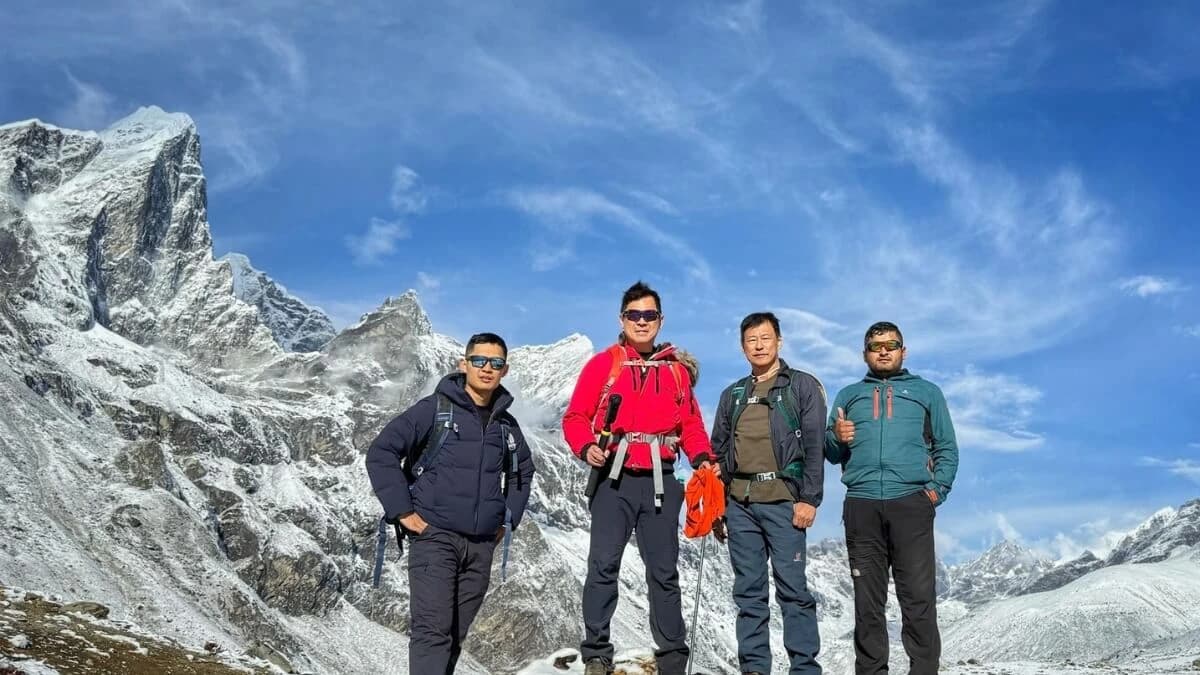
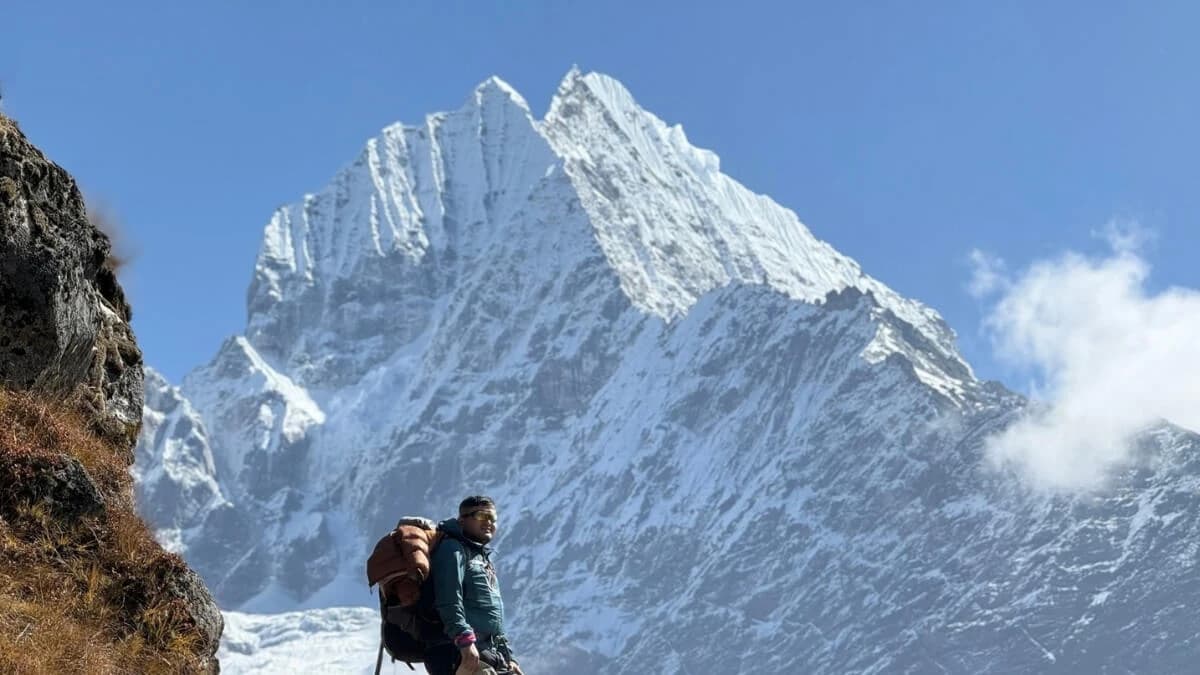
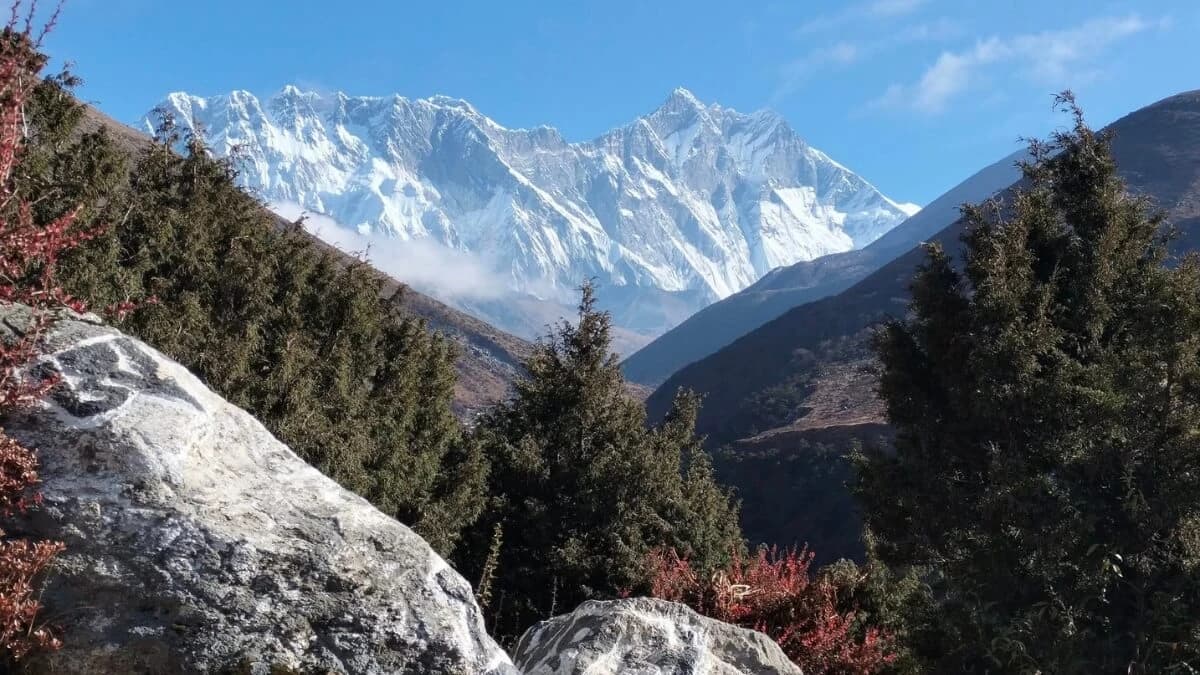
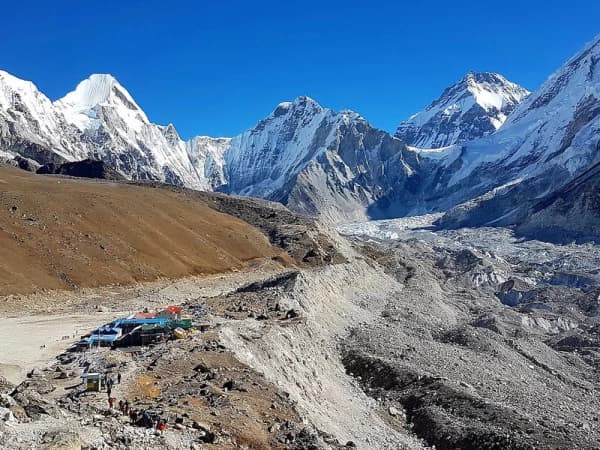
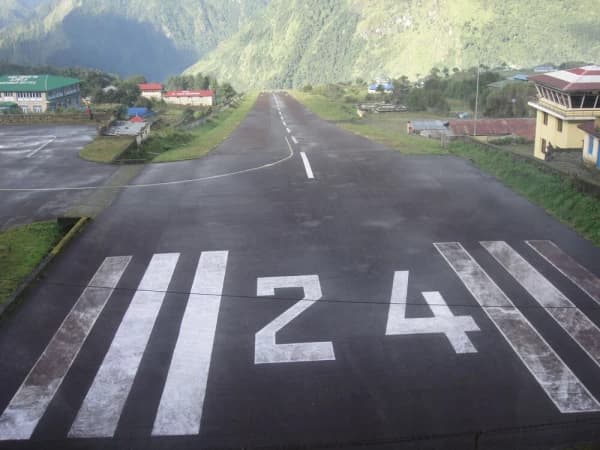
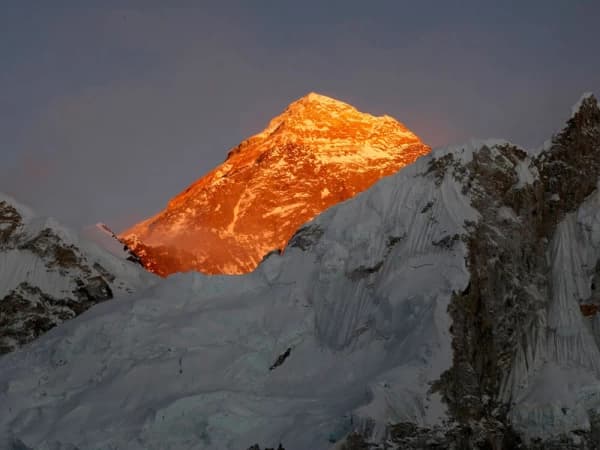
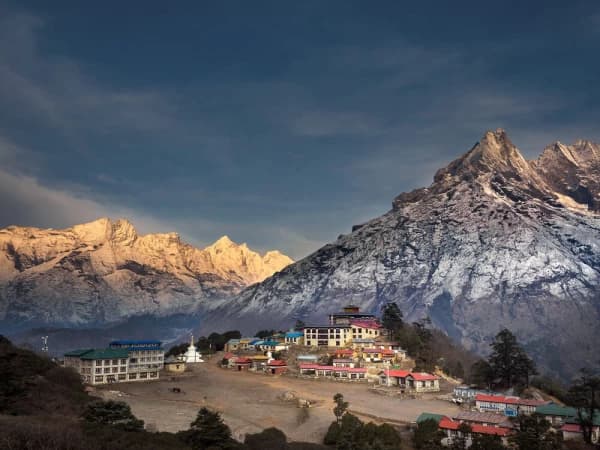
.webp&w=1200&q=75&dpl=dpl_2PwU5ZDv8uoJ3KrzEVbz8N547HgX)
-(1).webp&w=1200&q=75&dpl=dpl_2PwU5ZDv8uoJ3KrzEVbz8N547HgX)
-(1).webp&w=1200&q=75&dpl=dpl_2PwU5ZDv8uoJ3KrzEVbz8N547HgX)
-(1).webp&w=1200&q=75&dpl=dpl_2PwU5ZDv8uoJ3KrzEVbz8N547HgX)
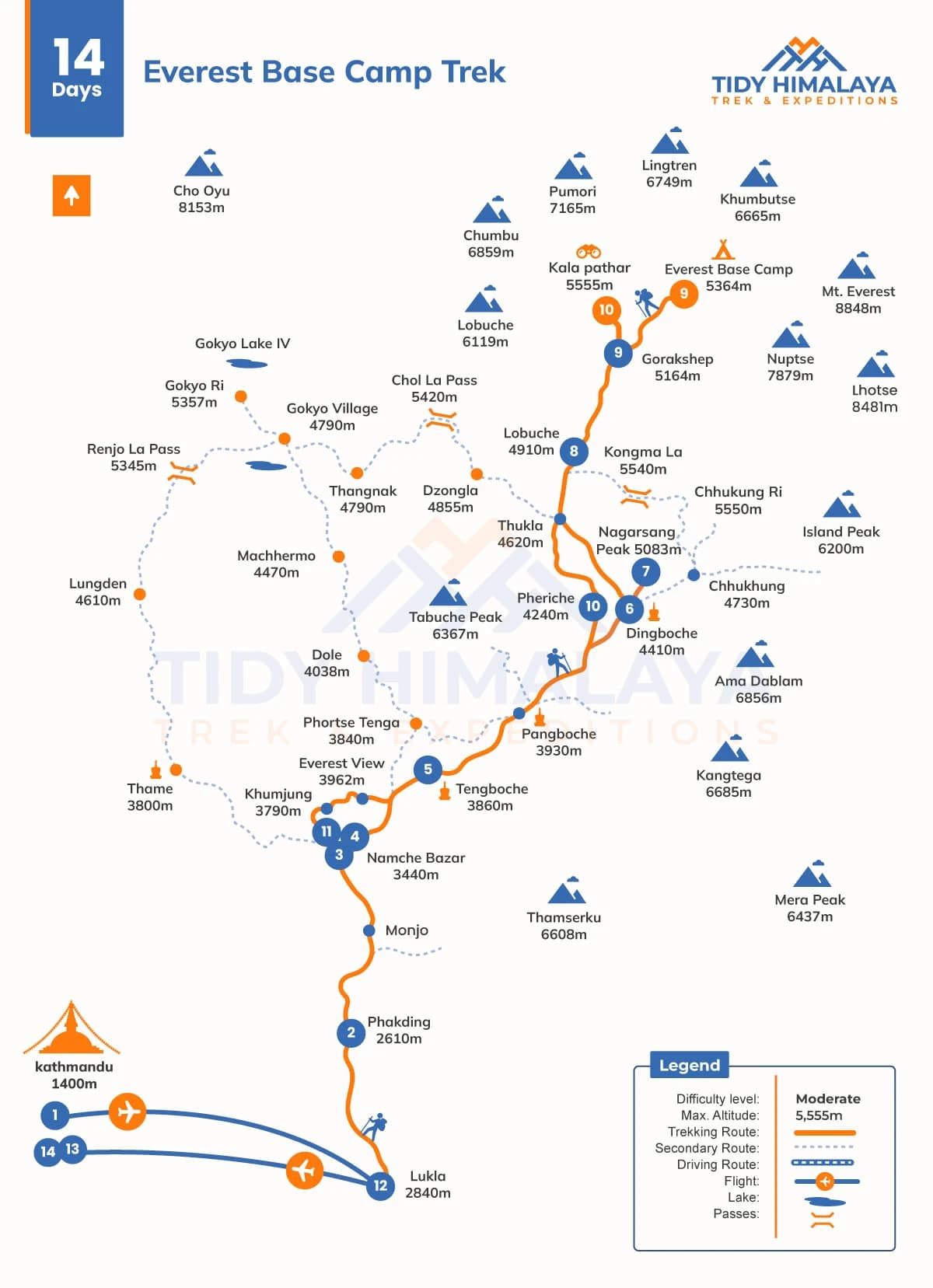

-(600-x-450-px)-(1200-x-675-px)-(600-x-450-px)-(1).webp&w=1200&q=75&dpl=dpl_2PwU5ZDv8uoJ3KrzEVbz8N547HgX)
-(600-x-450-px)-(1200-x-675-px)-(1200-x-675-px)-(600-x-450-px).webp&w=1200&q=75&dpl=dpl_2PwU5ZDv8uoJ3KrzEVbz8N547HgX)
.webp&w=1200&q=75&dpl=dpl_2PwU5ZDv8uoJ3KrzEVbz8N547HgX)